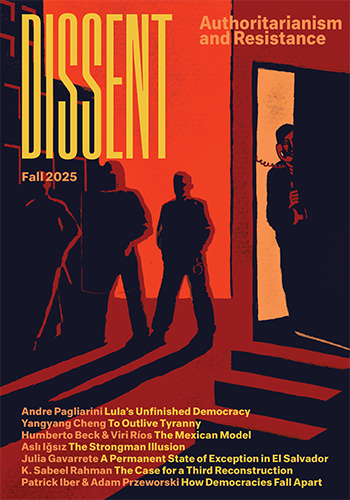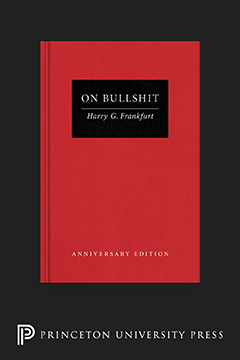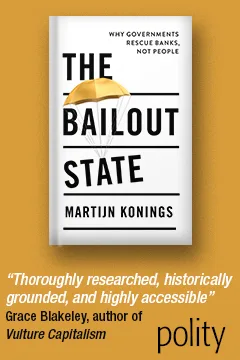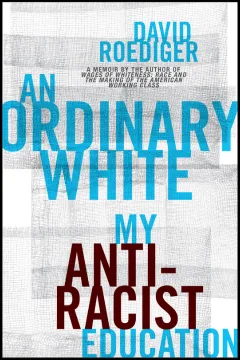I first went down to Brooklyn to see the gang on a bone cold February afternoon this year. They were waiting for Bruce Davidson and me in a candy store about a half mile from their turf, a parlor they …
In The Philosophy of Symbolic Forms, Ernst Cassirer argues that the distinguishing characteristic of man is his symbolizing activity. While the animal responds to signs and finds satisfaction in the manipulation and incorporation of physical objects, man also needs, and …
In New York City Robert Moses is the most prominent exponent of the credo that the end justifies the means; that he, “the great doer” always knows best; that the public should shut up, or in any event not be …
“Me kill Daddy-Wong-Wegs!” An idle conversation had lapsed comfortably into silence. Jessica was sitting in a state of summer-afternoon vacancy when the child’s voice and the mother’s quick reply aroused her. “Oh, no, darling, I wouldn’t do that.” The expressive …
In 1956 about two out of every three Americans lived in a metropolitan area. The greatest growth since 1950, however, was not in the central cities themselves, but in the surrounding country. Fully half of the increase occurred in territory …
The city planner’s approach to the improvement of society differs sharply from that of the intellectual. The planner seeks improvement by manipulating spatial relationships, that is, through the coordination of the natural environment, space, and man-made land uses such as …
John D. Rockefeller III, President of the Lincoln Center of Performing Arts, says, “Lincoln Center is a story in the American tradition of voluntary private initiative and of what it means in service to- the public…. It can be one …
This essay is both more and less than a portrayal of the beats of Greenwich Village and its environs. More, because much of it holds good for beats elsewhere. Less, because I have not depicted some of the Village beat …
This is the paradox of Greenwich Village: an historic artists’ quarter panders its worst trivia with the civic pride of Zenith’s Chamber of Commerce. Nowhere else in New York is the city’s ghetto-complex so challenged as by the interracial atmosphere …
Wherever enough middle class college graduates can be found to fill a New York meeting hall, there have sprung up Democratic political clubs bearing the label “reform.” Many of these clubs were originally founded as local campaign headquarters for Adlai …
In some ways Harlem is different. It is not the solidest or the best organized Negro community (Negro political representation came to Chicago a full decade before New York). It is not the most depressed, even in the New York …
I sing of the city revived. Citizen, I cry to you in favor of integration and municipal reconstruction. It is time that you reckoned up the cost of your own follies. Consider: a city wasted at the guts like present-day …
At the age of nine I had already acquired the reputation of being the worst boy in the neighborhood. And in my neighborhood this was no easy accomplishment. My frequent appearance in juvenile court was beginning to bother the judges. …
In 1956, the Regional Plan Association, a non-profit research agency, asked the Harvard School of Public Administration to conduct an economic and demographic survey of the New York metropolitan region—a 7,000-square-mile, 22-county complex that, with its core, inner ring, and …
The newest faces in our city are Puerto Rican. They have come in great numbers and settled primarily in the slum areas close to the Negro ghettos. Like the national groups preceding them they speak a foreign language; but unlike …







